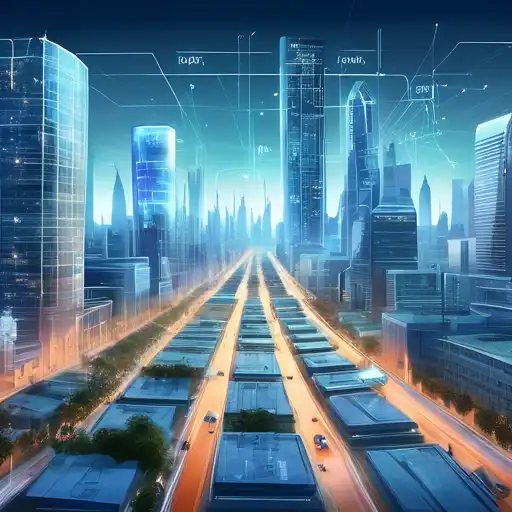Introduction to IoT and Smart Cities
The Internet of Things (IoT) is revolutionizing the way cities operate, making them smarter, more efficient, and more responsive to the needs of their inhabitants. By connecting devices, sensors, and infrastructure to the internet, cities can collect and analyze data to improve services, reduce costs, and enhance the quality of life for residents.
Key Areas Where IoT is Making an Impact
From traffic management to waste disposal, IoT technologies are being deployed across various sectors to create more sustainable and livable urban environments. Below are some of the key areas where IoT is making a significant difference.
Traffic and Transportation
IoT-enabled traffic lights and sensors can adjust in real-time to traffic conditions, reducing congestion and improving air quality. Smart parking solutions also help drivers find parking spots quickly, minimizing unnecessary emissions.
Energy Efficiency
Smart grids and IoT devices allow for more efficient energy use, reducing waste and lowering costs. Streetlights that adjust brightness based on activity levels are just one example of how IoT is contributing to energy savings.
Waste Management
Smart waste bins can signal when they are full, optimizing collection routes and frequencies. This not only improves cleanliness but also reduces fuel consumption and emissions from waste collection vehicles.
Public Safety
IoT technologies enhance public safety through smart surveillance systems and emergency response solutions. These systems can detect incidents in real-time, enabling quicker and more effective responses.
Challenges and Considerations
While the benefits of IoT in smart cities are clear, there are also challenges to consider, including privacy concerns, cybersecurity risks, and the need for significant investment in infrastructure. Addressing these issues is crucial for the successful implementation of IoT solutions.
The Future of IoT in Smart Cities
As technology continues to evolve, the potential for IoT to transform urban areas is limitless. Future advancements could lead to even more innovative solutions, further enhancing the efficiency, sustainability, and livability of cities around the world.
For more insights into how technology is shaping our future, explore our articles on urban development and sustainable living.
